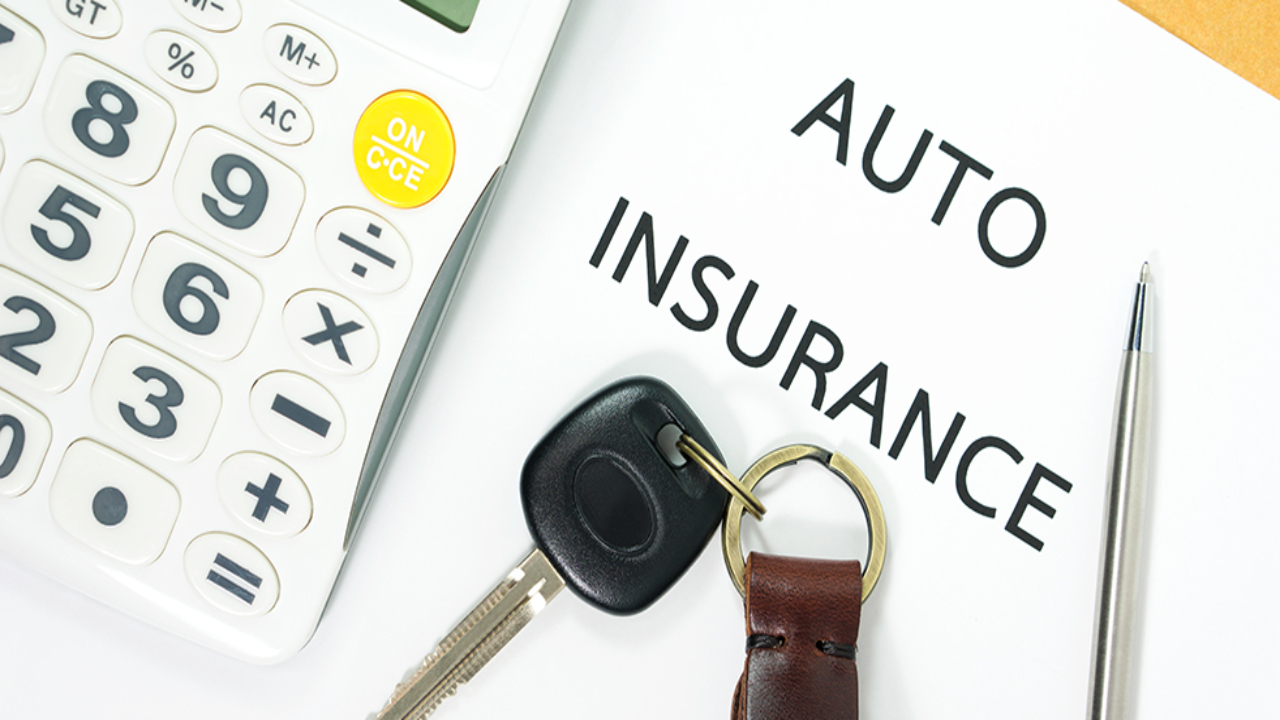Comprehensive Guide on Auto Insurance: If you cause an automobile accident, auto insurance covers your losses financially and materially. In most states, it’s also a legal need. Auto insurance is similar to a rock climber’s safety line in that it’s something you can always rely on, even though you hope you never need it. Except auto insurance pays for damages following an accident, not when you tumble over a mountain.
But let’s face it, nobody wants to shell out money for unnecessary additional features. In order to select the appropriate coverage, it is important to comprehend the meaning of vehicle insurance, its necessity, and the scope of its coverage.
What is Auto Insurance?
Following an accident, auto insurance covers costs for injuries or property damage, at least up to the policy’s maximums. State laws typically demand insurance in order to own or operate a vehicle because of this financial protection.
When there are several cars and drivers involved, medical bills and auto repair expenses may mount up and become quite overwhelming very fast. It may also be challenging to estimate how much you’ll pay and how much coverage you’ll need because the cost of auto insurance varies depending on a number of factors, including where you live and the type of automobile you drive.
Why do you Need Auto Insurance?
Knowing the meaning of vehicle insurance isn’t the same as knowing why you need it; if you’ve ever been in an accident, you’re definitely more curious about how it functions and what it covers.
First and foremost, you need car insurance to comply with your state’s minimum insurance requirements since it is mandated in most states. Car insurance offers financial security, however that may be of more significance. As long as the costs are within the maximum level of your policy, it prevents you from having to pay for unforeseen expenses that arise following an accident.
What Auto Insurance Covers?
The following list of popular forms of auto insurance coverage includes the following details:
- The essential component of insurance is liability coverage. In the event that you cause an accident, it covers your medical expenses and any associated property repairs.
- If you are struck by someone who does not have auto insurance, uninsured motorist coverage covers your personal medical expenses and the cost of repairing your property.
- The way underinsured motorist coverage works is similar to that of uninsured motorist policy. It pays out if your personal medical expenses and property damage beyond the limitations of the other driver’s liability policy.
- Regardless of who is at fault in an accident, collision coverage covers your personal traffic-related auto repair costs (after you pay your deductible).
- Comprehensive coverage for your vehicle is similar to Mother Nature’s insurance. It covers damage from hitting a wild animal, vandalism, and severe weather events like hurricanes and tornadoes.
- Regardless of whether motorist is at fault, medical payments coverage covers your and your passengers’ post-accident medical costs.
- Regardless of who caused the collision, medical costs are covered under personal injury protection insurance, or PIP. It could also cover fees for child care or funerals.
- In the event that you total your vehicle, gap insurance will cover the variance between what you pay on your loan or lease and the vehicle’s current market value.
What Auto Insurance won’t Cover?
Your automobile isn’t shielded from everything by a mystical bubble of auto insurance. Auto insurance usually does not pay for every bill you receive relating to your automobile, just as health insurance does not always cover all medical costs.
These are some instances of what your auto insurance may not pay for.
- Tear and deterioration. Generally speaking, flat tires and oil changes are not covered by auto insurance. You shouldn’t anticipate coverage if the damage wasn’t brought on by an accident.
- Items taken without permission. If someone breaks your window to take your laptop, your auto insurance usually won’t replace it. However, anything stolen from your car is usually covered by your homeowners or renters insurance policy, up to the policy limitations.
- journeys shared by riders. Driving for ridesharing services such as Uber or Lyft will not be covered by your auto insurance. In actuality, the insurance provided by such firms doesn’t kick in until after you’ve accepted the fare and are in the passenger’s transportation. When the insurance provided by the ridesharing business does not protect you, you can elect to add rideshare insurance from certain insurers to your own policy.
- the price of a new automobile, unless your insurance covers replacement costs. After an accident, even collision and comprehensive insurance may not cover the whole cost of replacing your car. Your provider will assess the worth of your vehicle at the time of the accident to calculate your reimbursement if your car is totaled and you have certain coverage types on your policy.
Frequently Asked Questions (FAQ’s)
What is the Comprehensive plan on a Car?
Comprehensive auto insurance, as the name implies, is a kind of coverage that protects the policyholder against losses incurred by both parties in an unforeseen incident, such as a fire or accident.
What is Auto Insurance Premium?
The amount you regularly pay your insurance provider, usually once a month or once once every six months, as compensation for insurance coverage is known as your automobile insurance premium. Your insurance company will pay for the coverages included in the policy, including liability and collision coverages, after you have paid your payment.
How is Insurance calculated?
To forecast risk levels for different people or groups, all insurance firms employ data and statistics. The data from this risk computation is also utilized in the creation of grading schemes. Generally speaking, lesser risk variables will lead to lower premium rates, while greater risk factors would result in higher rates.

